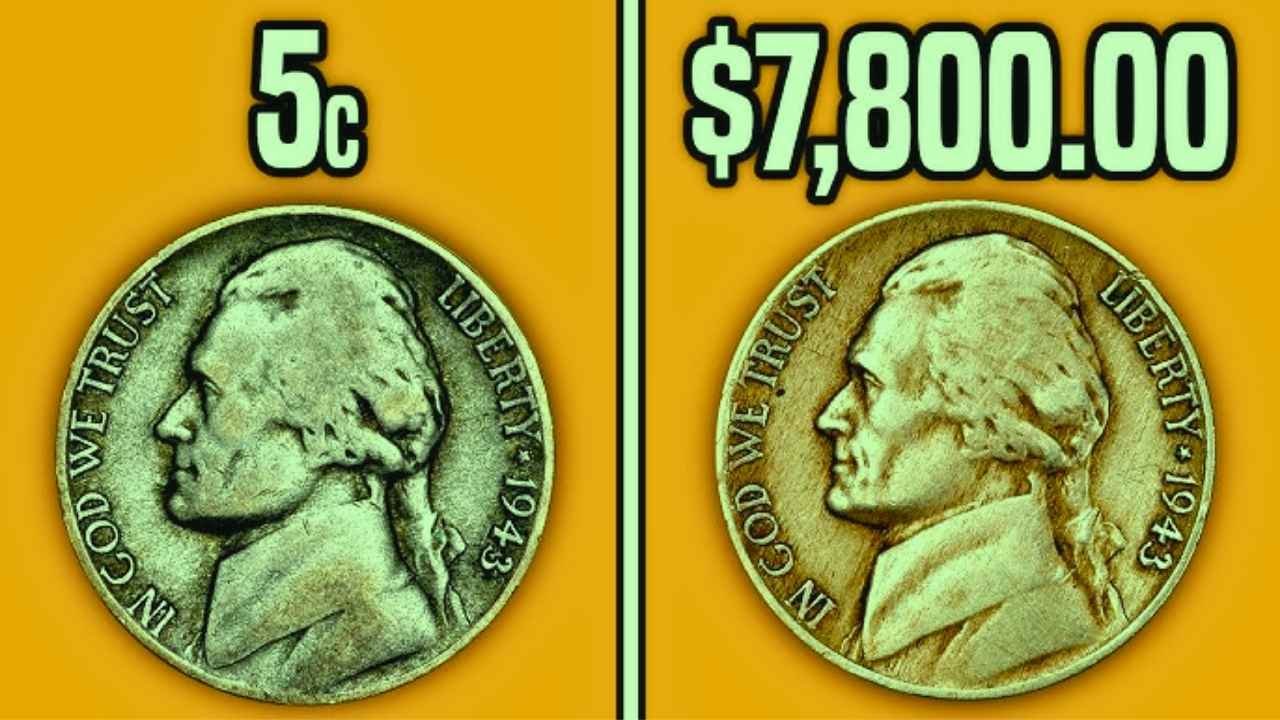Imagine paying for a coffee with a nickel that’s worth a million dollars. Sounds like a dream, right? Across the United States, coin collectors and everyday folks are buzzing about rare nickels that have sold for jaw-dropping prices at auctions. These tiny treasures, often hiding in pocket change, have turned ordinary people into millionaires. So, what makes these nickels so special, and could you have one sitting in your wallet?
Why These Nickels Are Worth a Fortune
Certain nickels from the early 20th century are rare because of mistakes made during their production or low mintage numbers. For example, the 1913 Liberty Head Nickel is one of the most famous, with only five known to exist. One sold for $3.7 million in 2010! Another gem is the 1937-D Buffalo Nickel with a “three-legged” error, where the buffalo appears to have only three legs due to a minting flaw. These errors make coins unique, driving collectors wild. Even less famous nickels, like some from the 1940s and 1950s, can fetch thousands if they’re in top condition.
Where to Find These Hidden Gems
You don’t need to dig through ancient ruins to find these nickels. They could be in your change from the grocery store, a coin jar at home, or even passed down from a grandparent. Coin experts say the best places to look are old collections, estate sales, or even rolls of coins from banks. Some people have found valuable nickels while sorting through their spare change. The trick is knowing what to look for, and a magnifying glass can help spot tiny details like mint marks or errors.
Key Nickels to Look For
| Year | Type | Value Range | Special Feature |
|---|---|---|---|
| 1913 | Liberty Head | $2M–$5M | Only 5 exist |
| 1937-D | Buffalo (3-Legged) | $500–$100,000 | Missing leg error |
| 1942-D | Jefferson | $50–$10,000 | Rare mint mark |
| 1950-D | Jefferson | $10–$600 | Low mintage |
How to Spot a Million-Dollar Nickel
Checking your nickels is easier than you think. First, look at the year on the coin. If it’s from the 1930s or earlier, it’s worth a closer peek. Next, check for mint marks—tiny letters like “D” or “S” near the date, which show where the coin was made. Errors, like the three-legged buffalo or doubled letters, are big money-makers. If you think you’ve got something special, don’t clean the coin! Cleaning can ruin its value. Instead, take it to a professional coin dealer or appraiser for a proper check.
- Use a magnifying glass to see small details.
- Compare your coin to pictures online or in coin guides.
- Look for errors like missing legs or doubled designs.
- Keep coins in a safe place to avoid damage.
Stories of Lucky Finds
The excitement around rare nickels comes from real-life stories. In 2003, a family in California found a 1913 Liberty Head Nickel in a box of old coins, later selling it for millions. Another person discovered a 1937-D three-legged nickel in their change and sold it for $15,000 at auction. These stories fuel the treasure hunt, making people wonder if their next handful of change could change their life. Social media is full of collectors sharing tips and showing off their finds, keeping the buzz alive.
Should You Start Hunting?
Coin collecting isn’t just for experts—it’s a fun hobby for anyone. Even if you don’t find a million-dollar nickel, you might discover coins worth hundreds or just enjoy learning about history. Start by checking your change or asking family members if they have old coins stashed away. If you get serious, join a local coin club or follow online forums for tips. Who knows? The next time you reach into your pocket, you might pull out a tiny fortune.
